


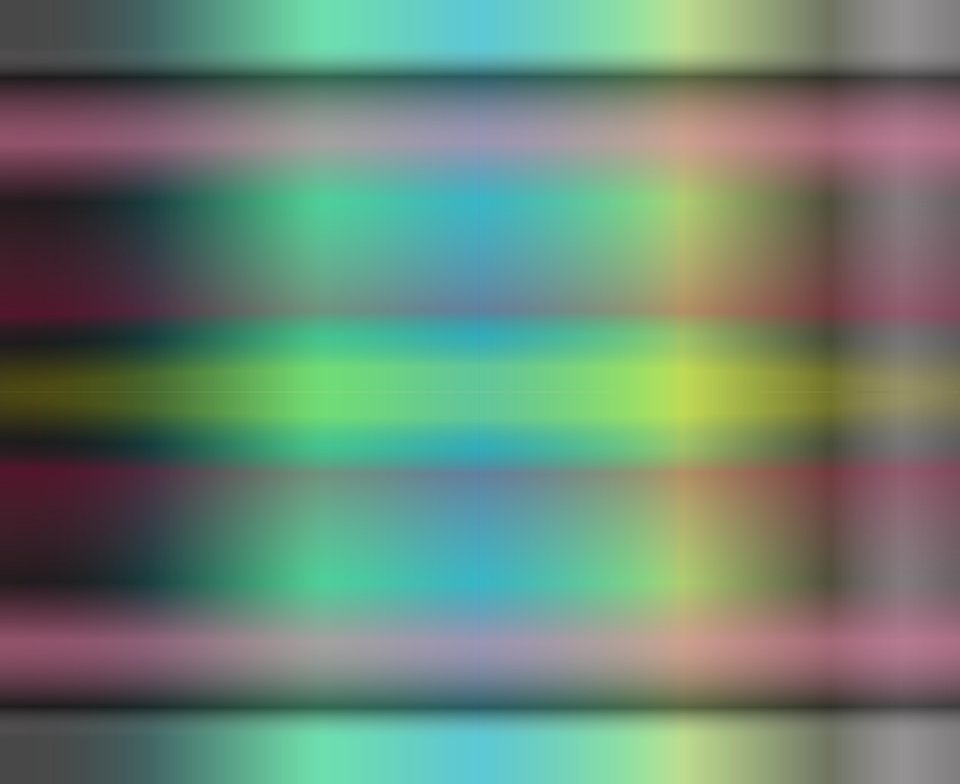
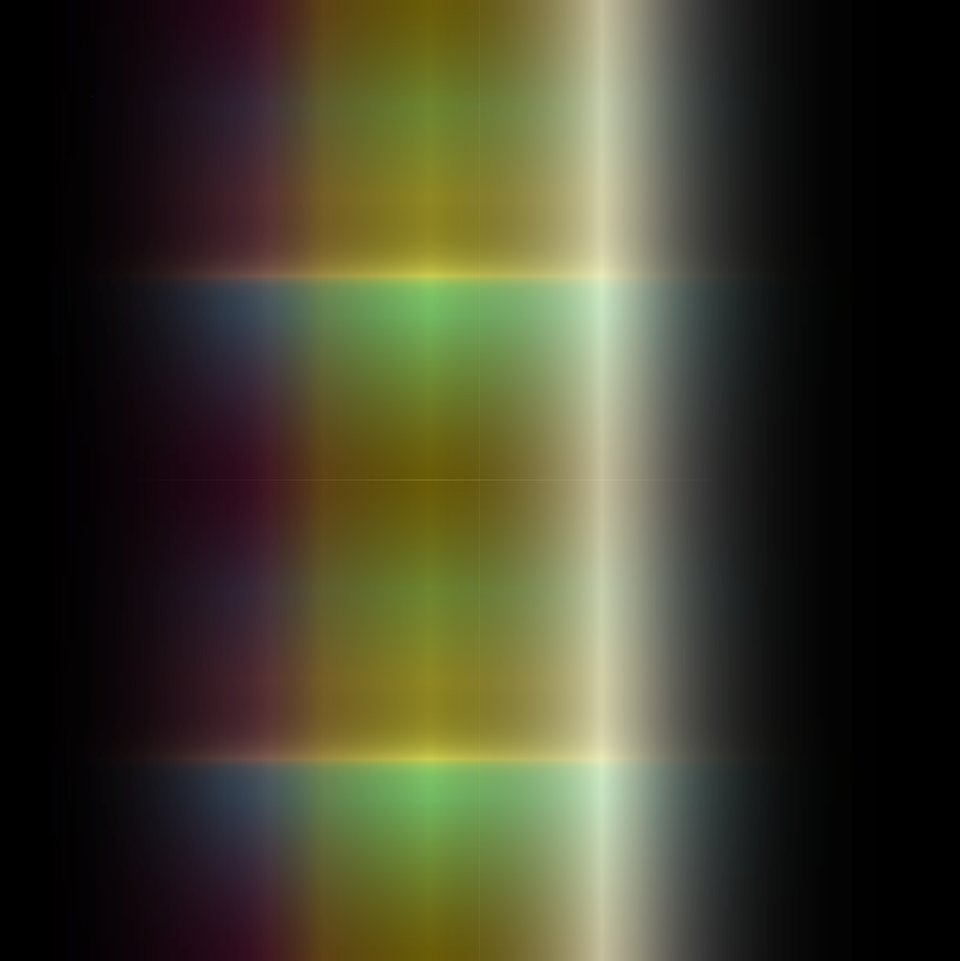




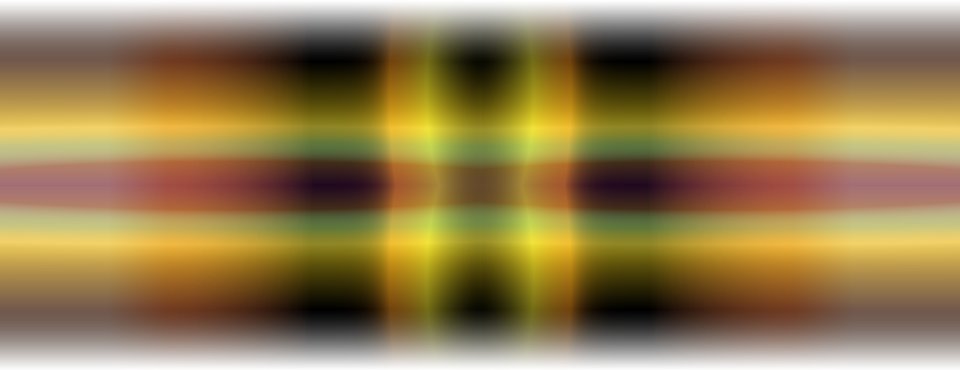
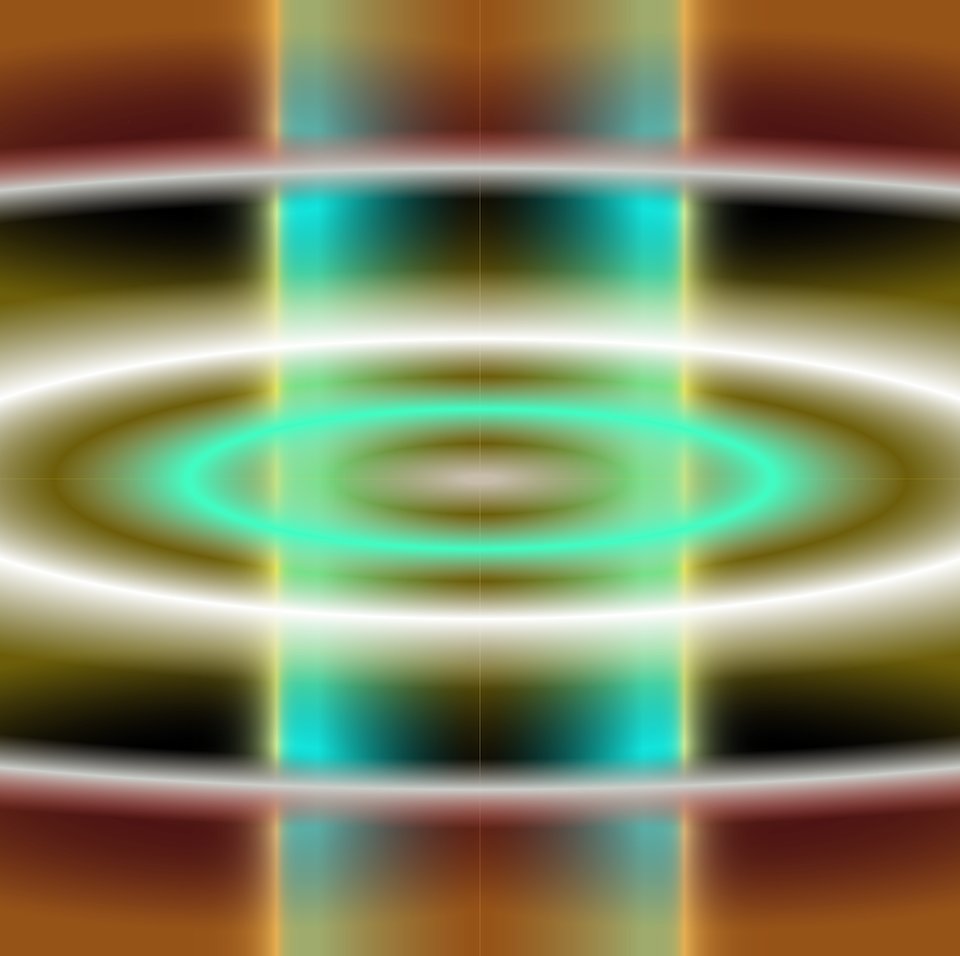
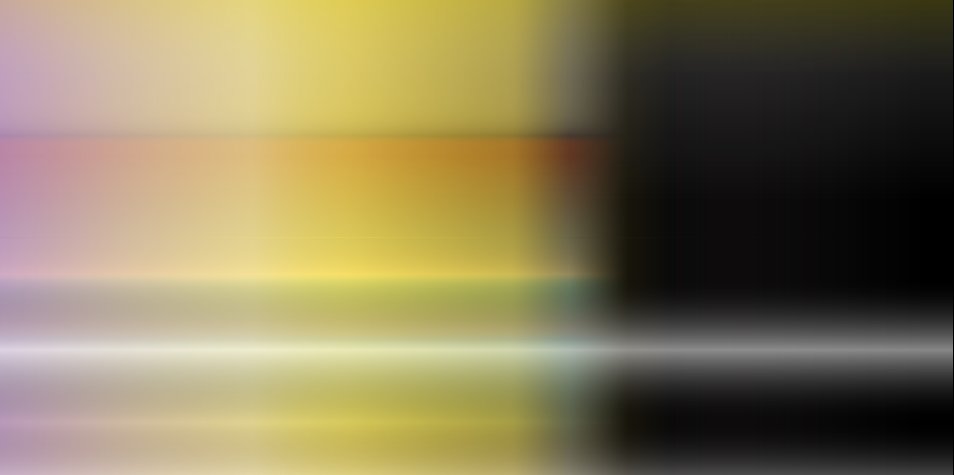




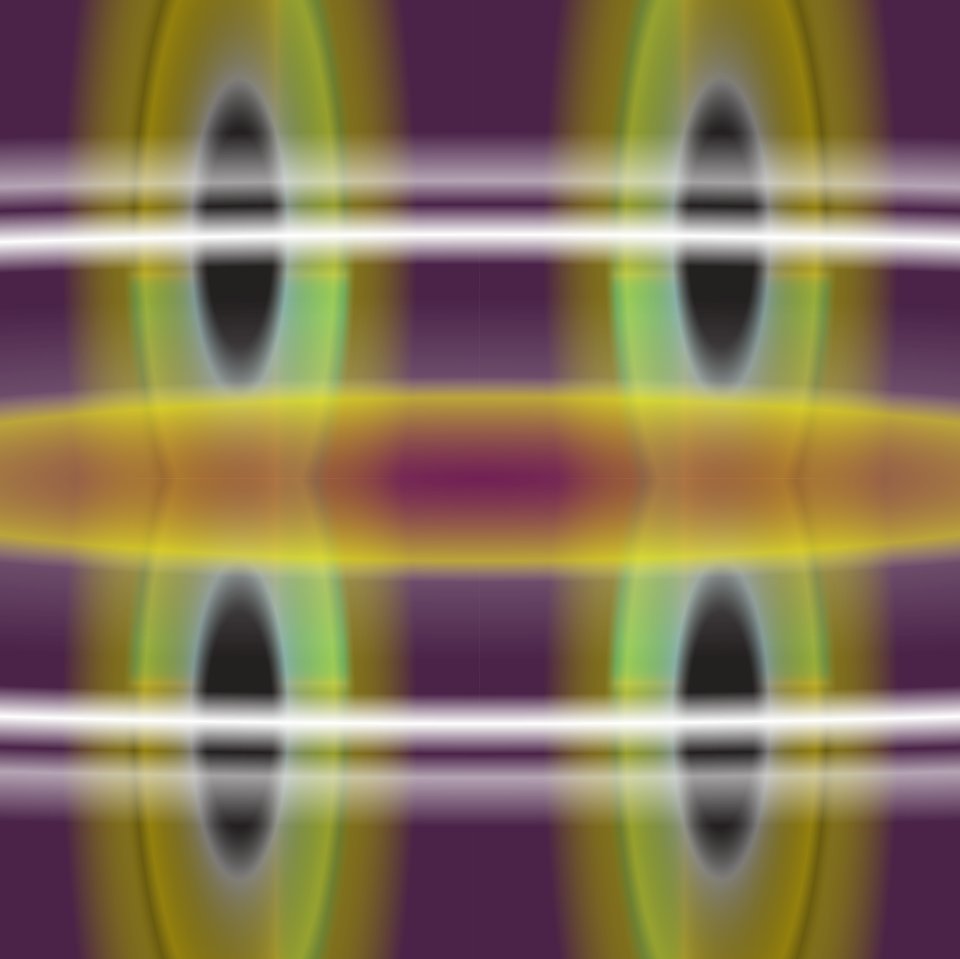

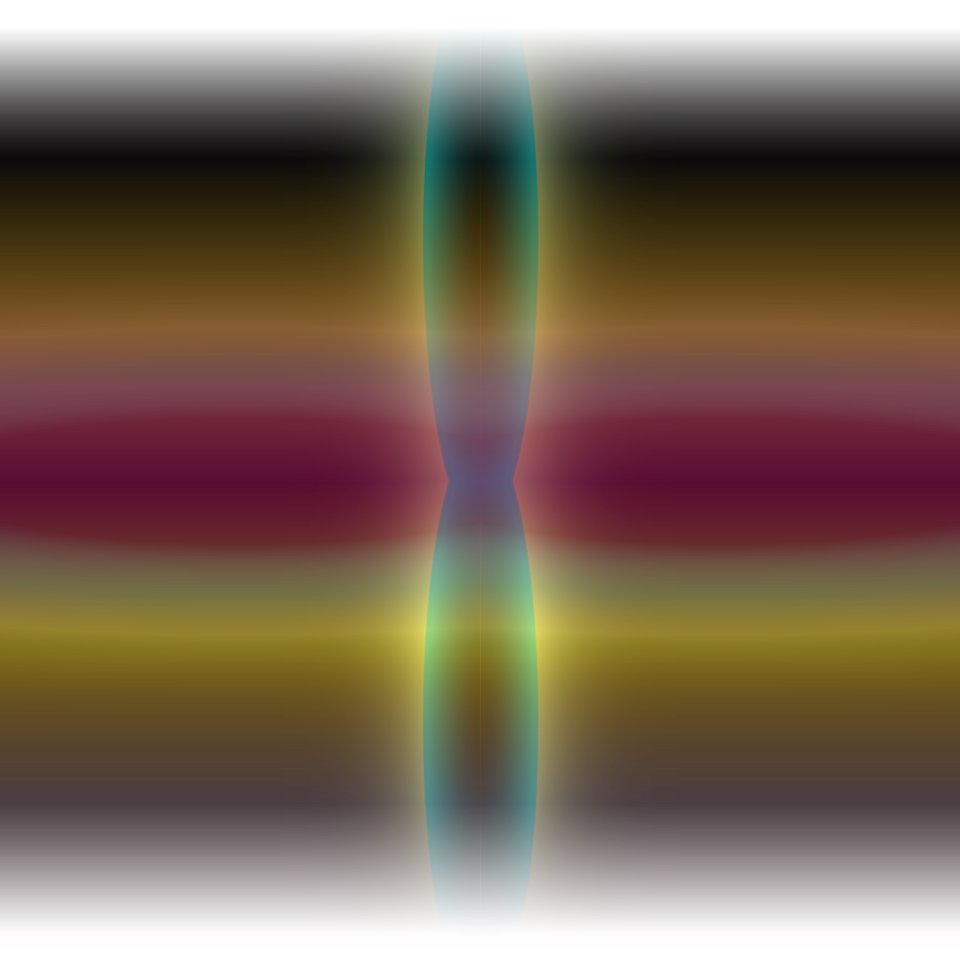


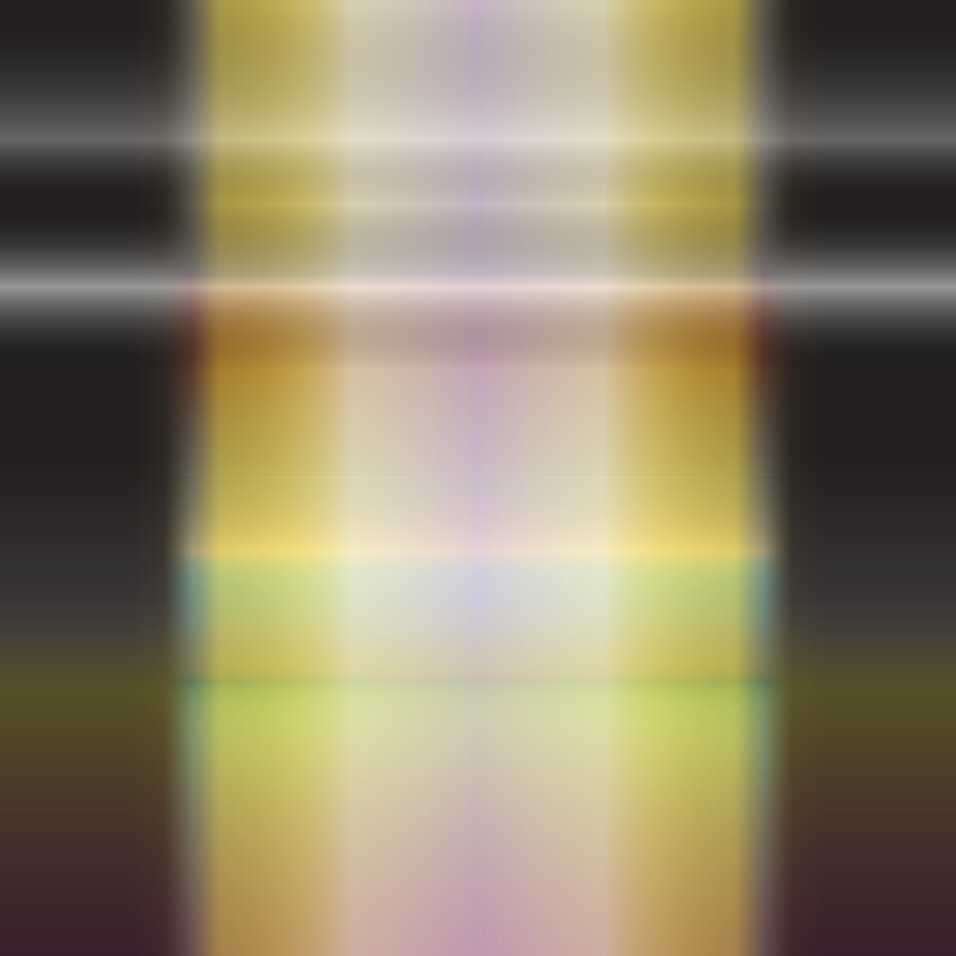
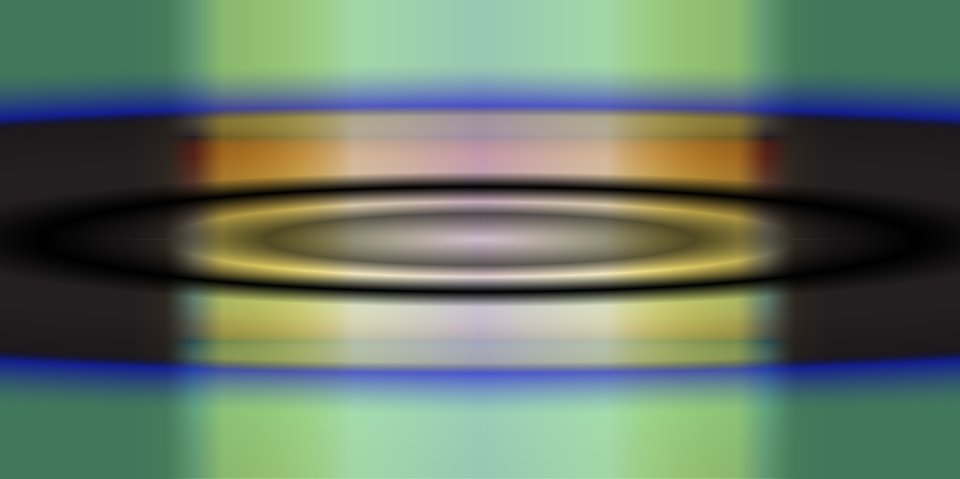
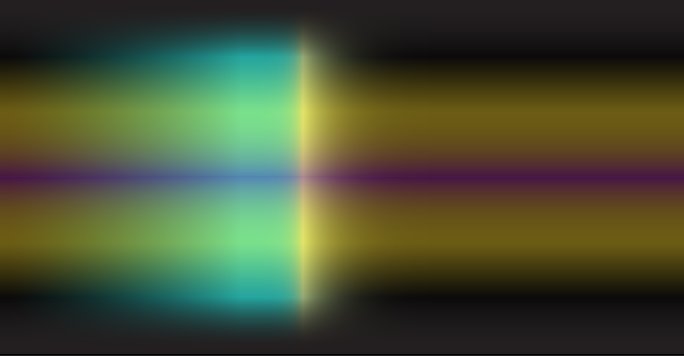
Published 3/2014 Plot Magazine issue #10.
SOUND IMPRESSIONS
Text: Janina Poesch
People talking, birds twittering, alarm clocks beeping, bells ringing, cars braking – every day we are surrounded by a multitude of noises, and thus sounds. These are created when air vibrates and the sound waves hit our ear drum which also starts to vibrate. This is how we “hear” sounds.
Jason Fort shows us how we can “see” sounds.
Sounds
do not come alone. Usually, we perceive with our sense of hearing a large number of noises or series of sounds and thus sound waves. If these sound waves interact with one another, new waves are created with new frequencies. This inspired American artist, designer and self-appointed inventor Jason Fort to develop his “Modulations” series. In these works, he translated various sound waves into color frequencies, superimposed them, thus ultimately forming a new composition. The thus created images not only all look different. An expert could also recognize the sound quality in the works of art: if there are lots of short oscillations, the waves are close together and the sound is high, if they are far apart, the sound is lower.
It is not only in electronic music that a change in
sound generated by an effect device is called “modulation”; Jason Fort also sees himself as a regulating power. When he is not visualizing sounds,
he explores and artistically interprets the vector- based data of his own inventions: he analyzes his original drawings of door handles, submarines,
wind turbines or airships, dissolves them into layers, multiplies them thousandfold, colors them, distorts and superimposes them to tell stories and to generate something new – from huge spirals through to abstract color spaces. “I use these tools to obtain control over the new evolving object – and sometimes it ends up as a pile of digital debris. In the process, I am constantly maxing my iMac: my drawings become so complex that at some point my Video RAM can no longer process the images. System crashes and long waits are thus an integral part of my work.” Although he appreciates the power of clarity and clear arrangements, Jason Fort tends towards an astounding degree of complexity that exhibits a high level of precision: “Sometimes it is a huge challenge to get 40,000 polygons into a two-dimensional level. But sometimes, I just throw two perfect drawings together without knowing what will come out of it. In any case, my own drawings lead to even more drawings and thus to more crashes and disruptions – but the work goes on!” Every composition is based on a singular intention, which means that his works of art were not generated automatically. And that not only sounds good, it also looks good!